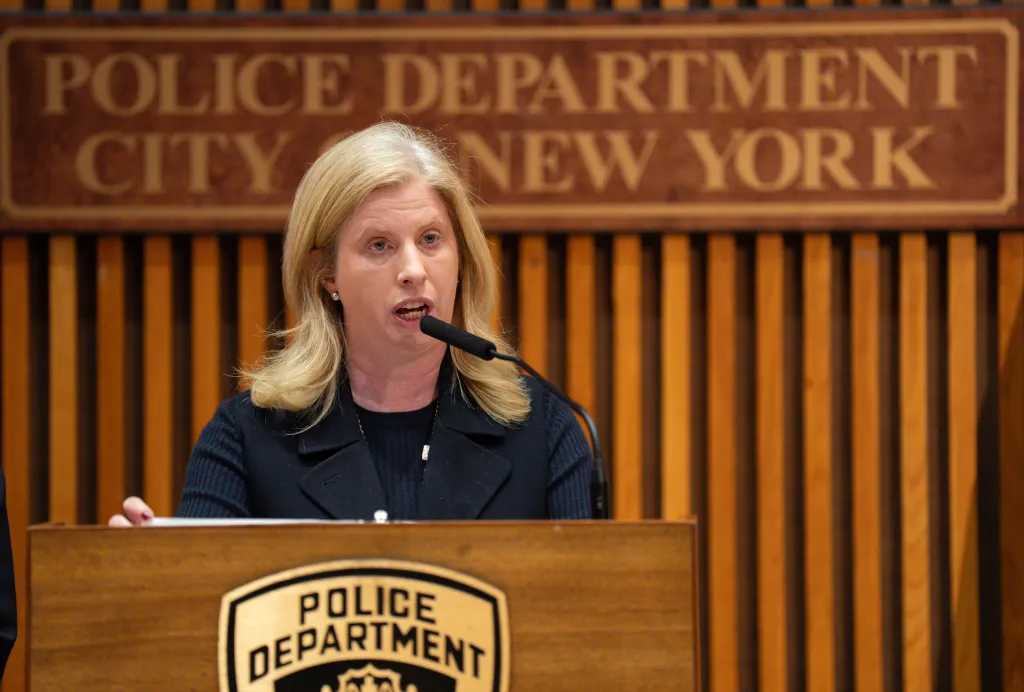Copyright news18

The Union government’s approval to rename Islampur in Sangli district as Ishwarpur has once again reignited an old debate in Maharashtra—one that goes far beyond a name change on a signboard. It’s a debate about history, identity, and politics and about how governments often use symbolic gestures to speak louder than actual policy. On paper, this might look like just another administrative correction. But to many, it feels like one more chapter in Maharashtra’s ongoing obsession with renaming—a trend that has grown sharper in recent years. From Aurangabad becoming Chhatrapati Sambhajinagar to Osmanabad turning into Dharashiv, every such change has carried celebration and controversy in equal measure. Supporters of the renamings argue that it’s a matter of restoring self-respect; reclaiming the Marathi identity and honouring local history that was erased during centuries of invasions and colonial rule. To them, this is about cultural justice, not politics. “Why should our cities carry the names of invaders?” they ask. But critics view these moves differently. They call it politics of distraction, where changing names replaces changing lives. “Renaming doesn’t fill potholes or reduce joblessness,” an activist told me after the renaming of Aurangabad. “It only replaces old boards with new ones.” The larger truth lies somewhere in between—in the fine balance between cultural pride and political theatre. Interestingly, these symbolic changes often seem to coincide with elections. In 2022, just before the fall of the Maha Vikas Aghadi (MVA) government, the renaming of Aurangabad and Osmanabad was pushed through in its last cabinet meeting. Soon after, the new Eknath Shinde-Devendra Fadnavis government endorsed the same proposals and sent them to the Centre for approval. Observers say that timing was no accident. It helped both governments claim credit among their respective support bases—one for initiating, the other for implementing. It’s a pattern that seems to repeat itself, especially when the political mood turns competitive. The approval of Islampur becoming Ishwarpur comes just months before the crucial local body elections. Opposition parties have already accused the ruling alliance of using such moves to appeal to particular sections of voters. In Maharashtra’s current climate, renaming has quietly evolved into a form of what many call “identity messaging”. For the ruling side, it’s a way to position itself as the guardian of Marathi pride and Hindu culture. For critics, it’s a subtle version of appeasement politics: using faith and sentiment to influence public emotion. Recent debates over other proposals, like renaming Ahmadnagar to Ahilyanagar and discussions around Malegaon, have exposed this divide further. Supporters argue that these changes celebrate historical and spiritual legacies but detractors counter that they marginalise communities and feed polarisation. Maharashtra has a long history of renaming—Mumbai was once Bombay, Pune was Poona, Thane was Thana. But what sets the current phase apart is its pace and intent. The push to rename multiple cities and districts within a short span, signals something deeper—a state seeking to redefine its identity in a polarised era. The court battles that followed the renaming of Aurangabad and Osmanabad only added to the drama. Petitions claimed the decisions were rushed and lacked consultation with all communities. The Bombay High Court declined to stay the notifications, and later the Supreme Court upheld them—but not without underlining the procedural confusion such moves create. Even today, government departments are split, some use the old names in documents, while others have adopted the new ones. Residents and postal services remain caught in between. What was meant to symbolise clarity has, ironically, created administrative confusion. Many believe that the politics of renaming is a response to a more emotional and polarised electorate. In a time when material governance issues like infrastructure, agriculture, and employment remain complex, cultural symbolism offers a simpler narrative—one that can be easily communicated and emotionally charged. There’s also a performative aspect. Every renaming ceremony becomes a stage — complete with banners, political speeches, and slogans of heritage and pride. It reminds voters who stands for which legacy. But there’s also a quieter story unfolding. Bureaucrats privately admit that implementing a name change is far from easy. Maps, records, property documents, and even Aadhaar-linked addresses need revision—an expensive and time-consuming process. Yet, such practical concerns rarely dominate headlines The bigger issue is not about whether names should or should not change. It’s about priorities. In many parts of the state, farmers are battling debt, youth are struggling for jobs, and civic issues like water supply and public transport remain unaddressed. Against this backdrop, the politics of renaming can seem like an escape: a way to steer public emotion away from ground realities. As Maharashtra heads toward key local body elections, the symbolism of names will likely resurface. Each side will accuse the other of hypocrisy or appeasement, while the voter will be left to weigh what truly matters—pride or progress. Names do matter as they carry memory and identity. But when politics turns them into tools, meaning often gets lost in the noise. Whether Islampur becomes Ishwarpur or Aurangabad turns into Sambhajinagar, the larger challenge before the state remains unchanged: better governance, more jobs, and a fairer economy. For ordinary citizens, the real question is not what their city is called, but how it is cared for. Because pride, like development, must go beyond the nameplate.



